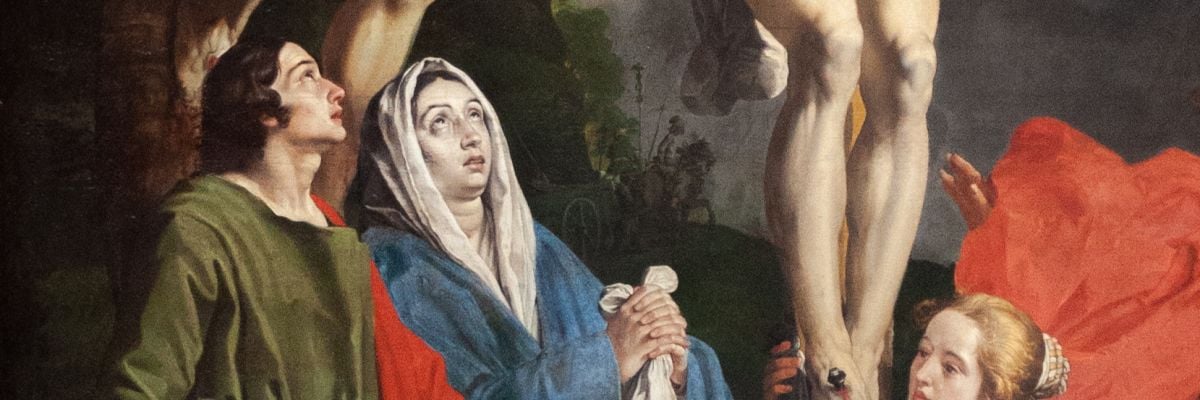
Question:
Answer:
You refer to Jesus’ words to the Beloved Disciple, commonly understood to be St. John:
When Jesus saw his mother, and the disciple whom he loved standing near, he said to his mother, “Woman, behold, your son!” Then he said to the disciple, “Behold, your mother!” And from that hour the disciple took her to his own home (John 19:26-27).
If the Blessed Mother actually gave birth to other children, as many Protestants mistakenly believe, it would be unthinkable to put her in the care of St. John, a non-blood relative, because the ancient Jews greatly valued family and related responsibilities.
Instead, Jesus puts his mother in the care of his apostle John. And even though John is not a son of Mary, Jesus refers to John as her son and Mary as John’s mother. Mary is thus seen as the spiritual mother of all disciples.
For those who might object, we see this conclusion further affirmed in Revelation 12, as the dragon, who represents the devil, goes off “to make war on the rest of her [Mary’s] offspring, on those who keep the commandments of God and bear testimony to Jesus” (Rev. 12:17). The author makes clear he’s referring to Mary, the Mother of Jesus (Rev. 12:13), meaning Mary is indeed the spiritual mother of all Christians.



